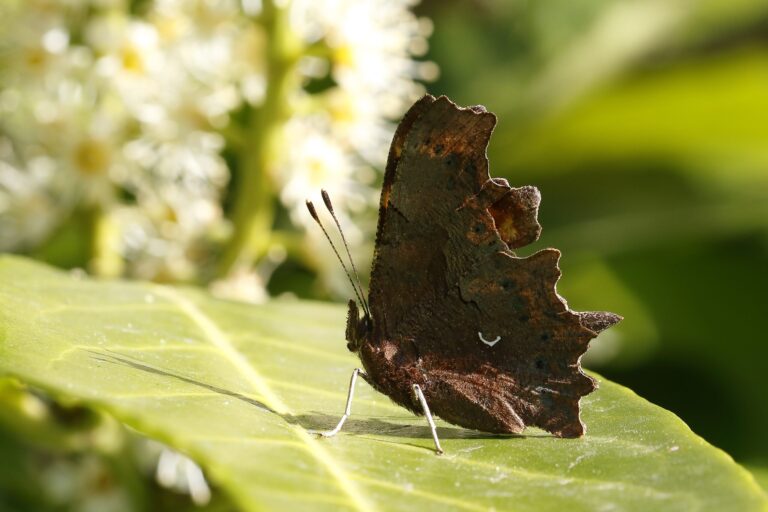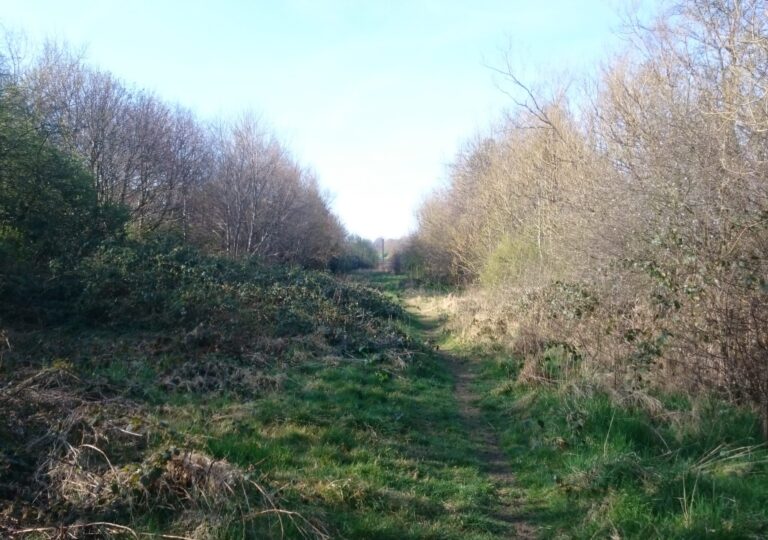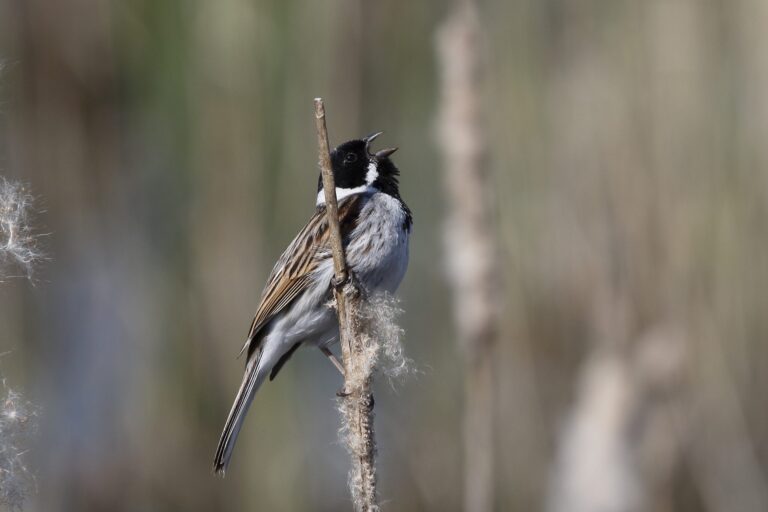March 23rd 2020, the start of lockdown presented us all with challenges, I spend most of my spare time taking wildlife photographs, however, I live in a gardenless first floor flat in an urban area that borders the A1 so the “new normal” was like being trapped. All I had access to initially for my exercise time was a 200m stretch of wasteland where the main breeding species seem to be shopping trolleys with a handful of Laurel bushes a small bramble patch and other bushes in between, not an area in normal circumstances you would choose to linger in.

The Laurels though, especially in the late afternoon spring sunshine, proved how much can be around if you take the time to stop and look with my first ever Hawthorn Shieldbug (Acanthosoma haemorrhoidale) amongst its very similar relative the Birch Shieldbug with numerous Speckled Wood and Comma butterflies and nearly 20 different species of Hoverflies.


As lockdown progressed I eventually ‘braved’ the tunnel through the trees to the north down the side of a deserted A1 to find, after climbing through a hole in a fence, and it opened up into a much larger area on the east side of the road I have dubbed The Great Park with reed beds and willows a Little Egret sitting in the reeds welcoming me to the site.


This area also held Tawny Mining Bee (Andrena fulva), Buff-tailed Bumblebee (Bombus terrestris) and in a small area on the side of the Ouseburn, the tiny Orange-legged Furrow Bee (Halictus rubicundus) had a small colony where the Dark-edged Bee-fly (Bombylius major) were busy laying their eggs at their tunnel entrances.

Over the course of the next few weeks, there were large numbers of Peacock (Aglais io), Small Tortoiseshell and Orange-tip and given I was out early morning most days I started venturing through the underpass onto the western side a wilder less managed area with singing Reed & Sedge Warblers and the reeling trill of Grasshopper Warbler with the less melodic squealing of Water Rail while having nearly daily encounters with the resident Roe Deer and Reed Buntings. One morning found a single very fresh Buffish Mining Bee (Andrena nigroaenea) on a Coltsfoot but never saw another.


The discovery of an alternate route into the area was then uncovered from the Kingston Park side and in the process uncovered a rarely reported bee for the North East, the Hawthorn Mining Bee (Andrena chrysosceles), while one morning the bushes were covered in Merodon equestris a Bumblebee mimicking hoverfly this new area south of the Ouseburn has become my near-daily destination on sunny evenings after work.


Alder is the main planted tree along these paths in this area, the sticky leaves proving irresistible to insects, one tree, in particular, seemed to be a hotspot with another North East rarity the Alder Sawfly and the impressive Banded General Soldier Fly (Stratiomys potamida) while the wildflowers round the reed beds hold a rare hoverfly Tropida scita and the Garden Bumblebee (Bombus lucorum).


These trees also hold at least 5 different species of Ladybird including the confusing 4 spotted form of the 2-spot Ladybird (Adalia bipunctata form quadrimaculata) and the very random appearance of a Green Hairstreak that did not match the expected habitat.


As we headed into June, Broad-bodied Chaser and 4 spotted Chaser emerged in good numbers, Golden-bloomed Longhorn beetles (Agapanthia villosoviridescens) and several day flying moths including Mother Shipton (Callistege mi).
Despite the relaxing of the restrictions and having the ability to travel a bit more again I look forward to seeing what the rest of the year has in store, an uncertain start to lockdown with “nothing to fill my time” to an exciting new local patch to investigate from now on.

